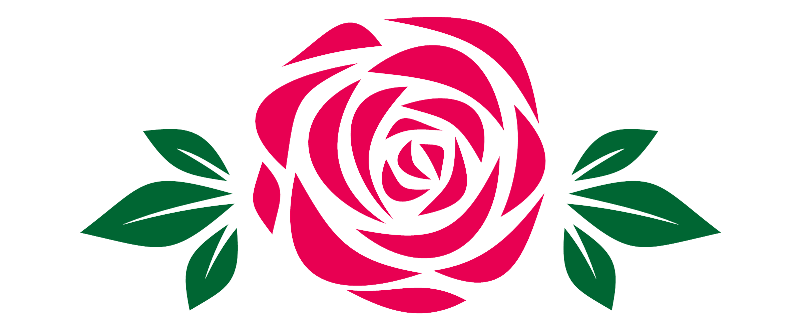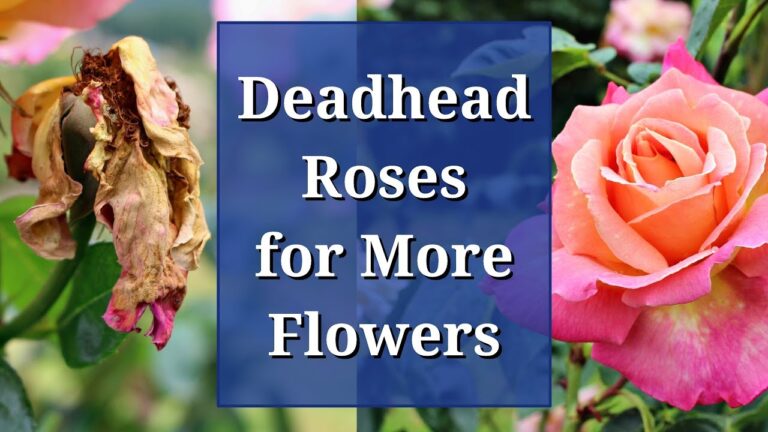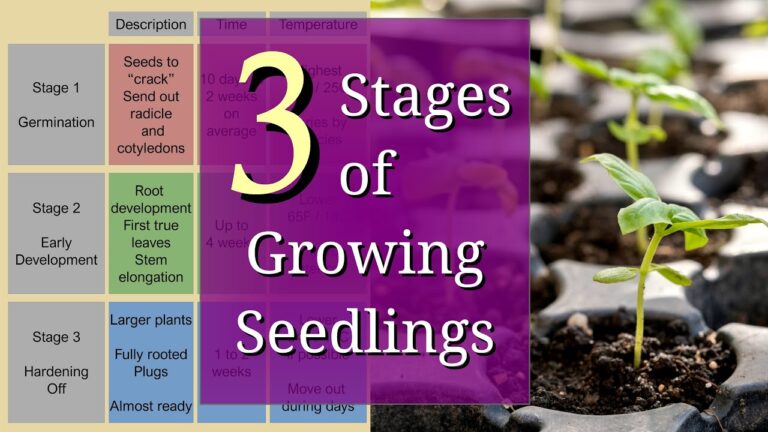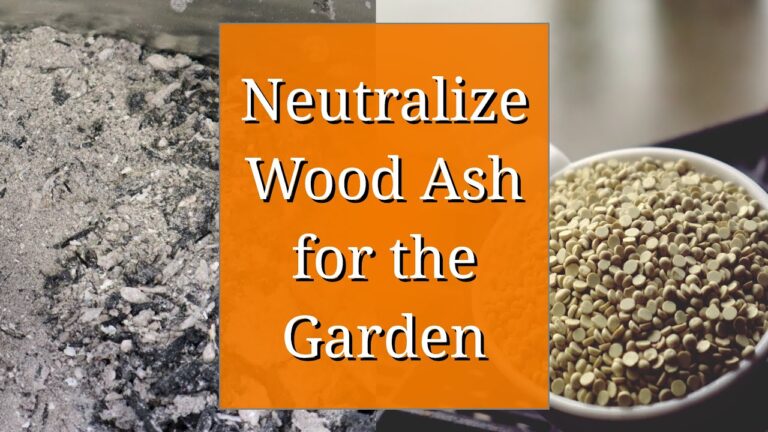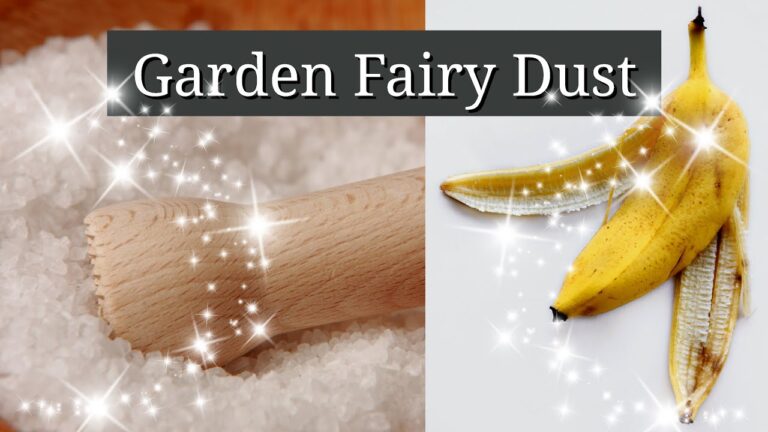Jason from Fraser Valley Rose Farm revisits an essential topic for gardeners: growing lavender from seed. He acknowledges an overlooked yet critical factor: the quality and freshness of seeds. This single variable, he emphasizes, can be the difference between a thriving tray of lavender seedlings and a disappointing handful of sporadic sprouts.
Jason delves into the role of seed suppliers and shares trusted names in the industry, helping gardeners make informed choices. For those eager to try their hand at lavender propagation, this guide ensures you’re equipped with the best practices for success.
Seed Quality: The Key to Success
Jason emphasizes the need for fresh, high-quality seeds sourced from reliable suppliers. He specifically highlights Jelitto, GeoSeeds, Hazzard’s, and William Dam Seeds for their consistent germination rates and focus on quality. Unlike retail suppliers from platforms like Amazon or eBay, these commercial sources cater to professional growers and routinely test their seeds for viability.
Primed seeds, such as Jelitto’s “Gold Nugget” seeds or ApeX seeds from Benary, undergo specialized treatments to speed up germination. However, Jason cautions that priming only works effectively when the seeds are sown fresh, typically within six months of purchase. This underscores the importance of avoiding older seeds, which can lead to poor germination outcomes.
Understanding Germination Challenges
Through a practical example, Jason demonstrates how using older seeds significantly impacts germination rates. In one experiment, he sowed fresh lavender seeds and achieved two or three sprouts per cell. In contrast, when using older seeds, germination dropped to less than half the tray, with sporadic growth. This stark comparison serves as a reminder of how crucial seed quality is to successful lavender propagation.
Best Practices for Sowing Lavender Seeds
Lavender seeds are tiny, much smaller than medium-to-large seeds like lupines. This requires careful attention during planting to avoid burying the seeds too deeply. Jason suggests creating a small divot in loose potting soil to place each seed just at the surface. This technique ensures they aren’t lost in the soil and receive the light and moisture they need for germination.
He highlights the importance of using engineered potting mixes with good air and moisture retention. Compressing the soil too much can hinder root development, so keeping the mix loose is essential. Jason prefers plastic trays for their structure and ease of use, but stresses that any potting mix—whether peat, perlite, coconut fiber, or bark-based—can work, provided it doesn’t contain excessive fertilizer that could harm seedlings.
Temperature, Humidity, and Light: Optimizing Conditions
Lavender seeds germinate best at around 20°C, with higher temperatures potentially hindering growth. While many gardeners assume light is crucial, Jason’s experience shows that lavender can germinate even in complete darkness, provided other conditions are ideal. Stratification, or refrigeration, is only necessary for older seeds with low viability. Fresh seeds eliminate this extra step, making the process more efficient and reliable.
Humidity is another key factor. Using a humidity dome or covering trays with plastic can help maintain consistent moisture levels, promoting uniform germination. With proper care, lavender seeds typically sprout within two to three weeks.
Common Pitfalls and Solutions
One common mistake gardeners make is using overly compacted soil, which stifles root growth. Keeping the potting mix loose allows roots to establish more quickly. Additionally, some gardeners rely on old seeds or inconsistent watering, leading to patchy germination. Jason advises using fresh seeds and maintaining consistent moisture to overcome these issues.
Conclusion: Fresh Seeds, Thriving Plants
Growing lavender from seed may seem daunting, but Jason assures gardeners that success lies in the details. By prioritizing seed quality, using appropriate planting techniques, and optimizing conditions, anyone can achieve beautiful, fragrant lavender plants.
